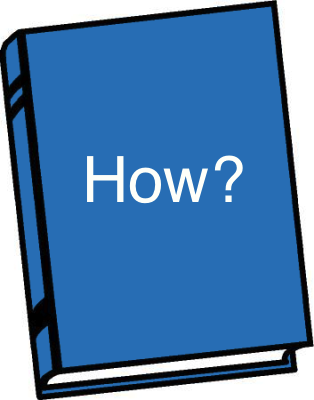Difference between revisions of "Pulling Variables in Notes Workflow"
From SmartWiki
Paul Dimerin (talk | contribs) |
|||
| Line 1: | Line 1: | ||
| + | {| class="wikitable" | ||
| + | |- | ||
| + | |[[Image:How.png|50px|link=]] | ||
| + | |This article will explain '''how''' you can implement this feature for use on your SmartSimple system. | ||
| + | |} | ||
| + | |||
The following variables can be used in Notes Workflows: | The following variables can be used in Notes Workflows: | ||
* @notes@ - the body of the note | * @notes@ - the body of the note | ||
| Line 23: | Line 29: | ||
* [[Using variable syntax to select recipients for workflow tasks]] | * [[Using variable syntax to select recipients for workflow tasks]] | ||
* [[Displaying Notes as a Horizontal Frame on a Record]] | * [[Displaying Notes as a Horizontal Frame on a Record]] | ||
| + | |||
| + | {| class="wikitable" | ||
| + | |- | ||
| + | |[[Image:Why.jpeg|50px|link=]] | ||
| + | |Click [http://wiki.smartsimple.com/wiki/Notes_-_Why%3F here] to learn why this feature is a benefit to your organization. | ||
| + | |} | ||
| + | |||
[[Category:Workflows]][[Category:Variables]][[Category:Notes]] | [[Category:Workflows]][[Category:Variables]][[Category:Notes]] | ||
Revision as of 11:14, 14 January 2015

|
This article will explain how you can implement this feature for use on your SmartSimple system. |
The following variables can be used in Notes Workflows:
- @notes@ - the body of the note
To reference fields found on the associated Level 1, Level 2, Level 3, contact or organization record:
- @parent.fieldname@ or @parent.#fieldID#@
For Notes at Level 2 you can reference fields on Level 1 using:
- @parent.parent.fieldname@ or @parent.parent.#fieldID#@
- The same syntax can be used to call Level 2 fields for Notes at Level 3
To call Level 1 fields for notes on Level 3:
- @parent.parent.parent.fieldname@ or @parent.parent.parent.#fieldid#@
Using the "Variable processed recipients" feature of Workflow Tasks, you can direct a Notes Workflow to the contacts on the record to which the note is attached, using the @parent.owner.userid@ or @parent.[#(?object=contact)~userid~,#]@ syntaxes.
See Also
- Notes Overview
- Using variable syntax to select recipients for workflow tasks
- Displaying Notes as a Horizontal Frame on a Record

|
Click here to learn why this feature is a benefit to your organization. |